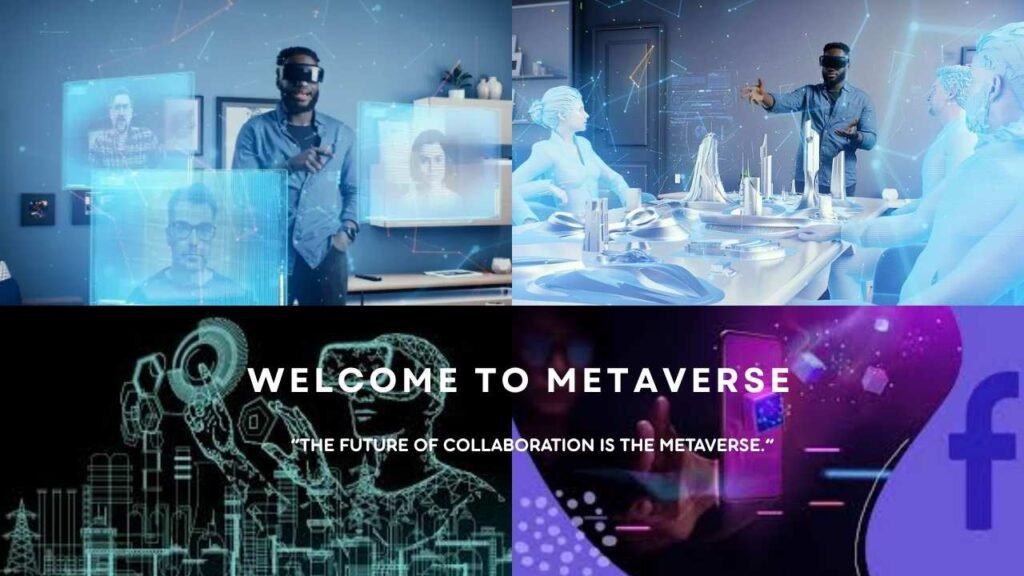Gaming and Entertainment
Fortnite, Roblox, and VRChat are some of the earliest forms of the Metaverse where players control avatars, interact with others, and participate in virtual events. Concerts, movie premieres, and digital festivals have also been catching on.
Work and Collaboration
Virtual collaboration tools gained a foothold quickly in this era of remote work. Meta also offers virtual reality meetings through Horizon Workrooms that include virtual 3D workspaces and shared virtual whiteboards, like the VR application in Microsoft Mesh.
Education and Training
However, virtual classrooms combine the social interaction and community aspect of traditional education, where training simulations offer users interactive learning experiences that are as close to real-world experiences as possible. Medical students can train on VR surgeries, or engineers can review 3D models of machinery together in real-time.
Shopping and Retail
The clothing, furniture, or accessories can’t be tried on before purchasing, but can then be visually previewed in virtual stores as a try-on experience. Companies such as Nike, Gucci, and Adidas started launching Metaverse collections and stores.
Real Estate and Architecture
Yes, digital land is a thing! These digital worlds come together in an accessible online universe, and their structures give users endless creative freedom to buy, sell, develop more digital realms using cryptocurrency in projects like Decentraland and The Sandbox. In case you did not know, some companies have started using VR to demonstrate what a building design would look like or create virtual showrooms.




